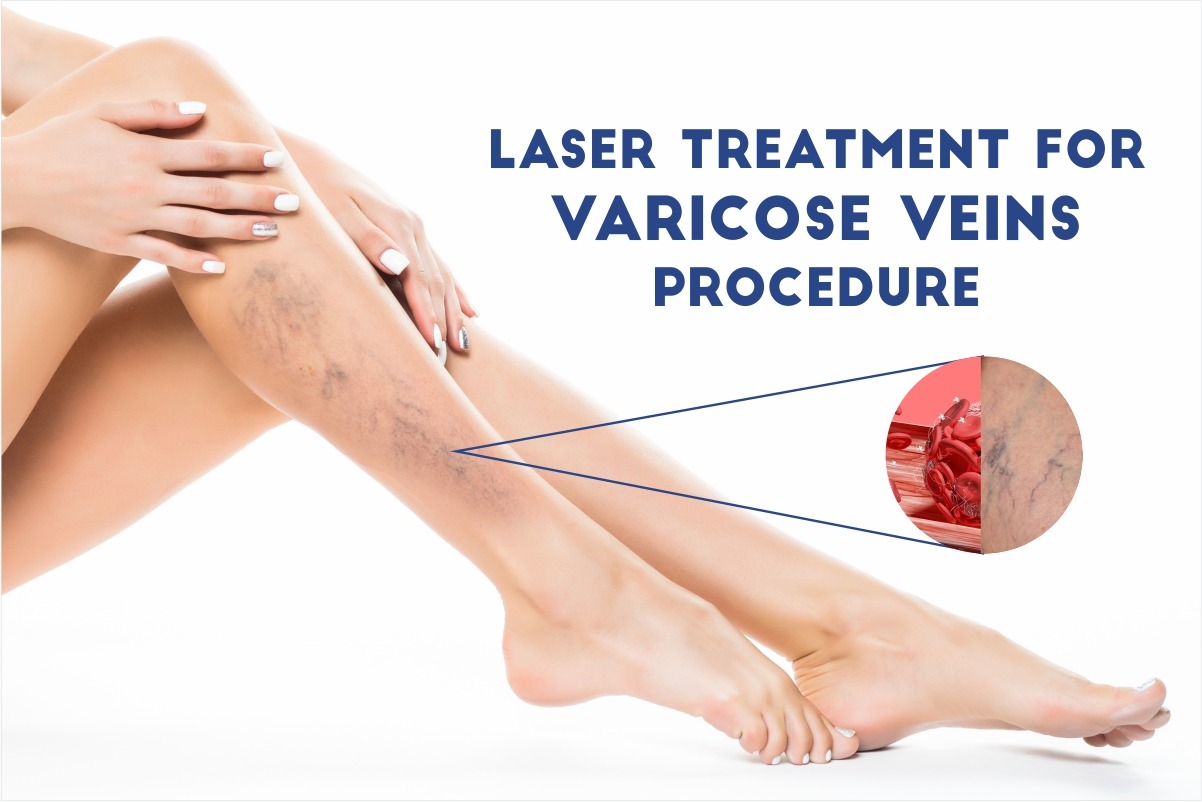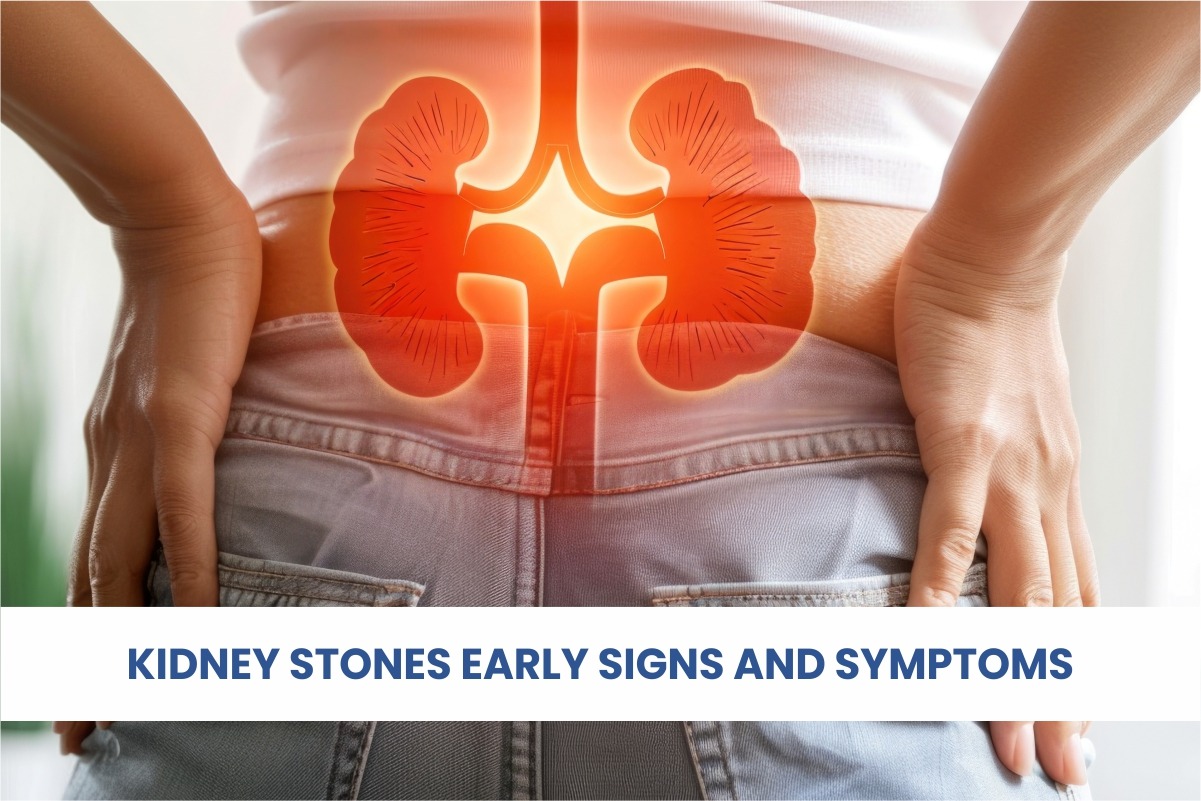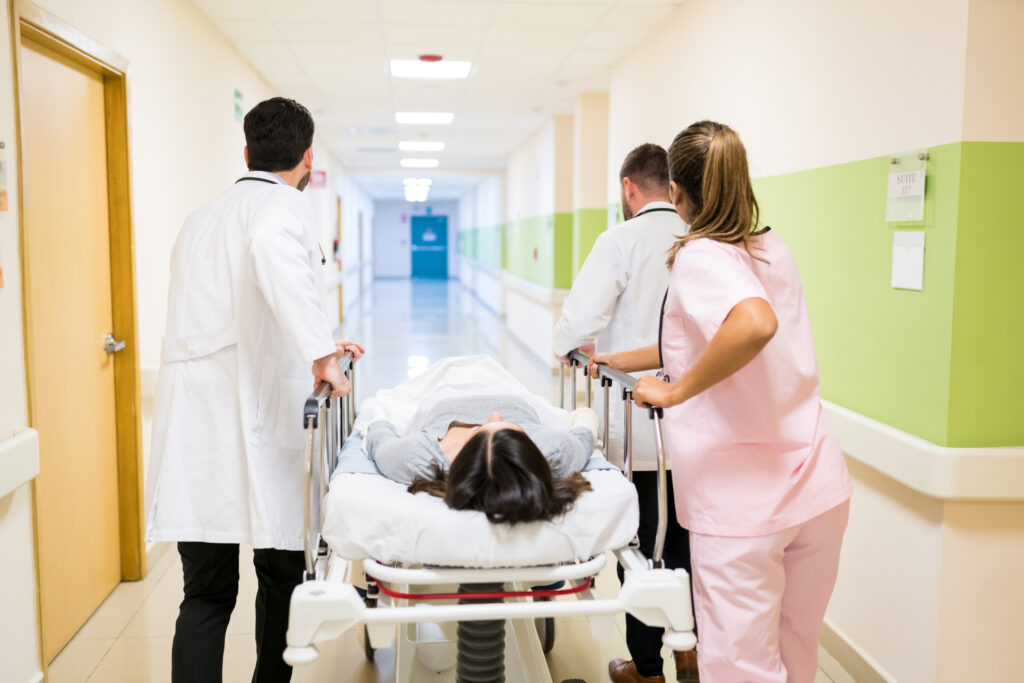When Dr. Priya Sharma turned around her clinic’s waiting room she noticed the next appointment, Mr. Ramesh Patel, was appearing anxious. With a warm smile on her lips she shouted his name.
Mr. Patel, would you mind coming in?
There was a man, Ramesh, around thirty five to forty years old, his legs were swollen and he had plenty of visible varicose veins; he got up and entered Dr. Sharma’s office. He took a chair, and seemed rather nervous.
“Good morning, Mr. Patel,” greeted Dr. Sharma. “You would like to have more information regarding the Laser Treatment for Varicose Veins, right?”
“Yes, Doctor,” Ramesh replied. “I’ve read a little about it, but I am still confused and a bit scared. ”
‘That’s perfectly fine,’ Dr. Sharma said warmly. “Okay, let’s discuss how it will work, let me describe the laser treatment for varicose veins procedure. “
“This would be of great help to me,” Ramesh said.
Introduction to Varicose Veins:
Dr. Sharma then began with fundamentals. ”Varicose veins are the enlarged, purple, blue or red visible veins of the skin, especially in the legs, which are an unhealthy condition of the blood vessels that happen when they fail to seal properly to pump blood up to the heart. ”
Ramesh nodded, looking thoughtful. “Sometimes, I have this feeling of heaviness and pain in my legs. Is this alright?”
‘Yes, that’s normal’, responded Dr. Sharma. However, it is important to note that in our case the laser treatment for varicose veins procedure is used.
What does Laser Treatment for Varicose Veins involve?
Dr. Sharma explained the laser method for treating varicose veins, Laser treatment works in such a way that the laser energy seals the affected vein; it is much preferred than incisions because it is less invasive and patients can heal much faster.
“That sounds promising,” Ramesh said, looking visibly relieved but still not fully convinced yet. ‘But how does it work exactly? I hope it is not too scary. ’
Benefits of Laser Treatment:
There are so many advantages with going for laser treatment for varicose veins, said Dr. Sharma. Well, it is not very invasive; it is not a big cut and certainly not a surgery that would take a long time to heal from – it only takes one or two days to start moving and wander about in the afternoon. Plus, it has a very high rate of efficacy and is much less painful than surgery.
Preparing for the Procedure:
Ramesh moved closer, a little excited but at the same time a little scared. He wanted to know the best ways to prepare for it.
Looking back, Dr. Sharma simply said, “Good question?” Preparation is a few activities which include a consultation to determine your appropriateness to undergo the procedure, pre-procedure instructions which include fasting, change of medication etc.,
Laser Treatment for Varicose Veins Procedure Steps:
Ramesh was still calm so Dr. Sharma explained the laser treatment for varicose veins procedure steps.
Laser Treatment for Varicose Veins Procedure – Anesthesia:
“So, let’s begin with laser treatment for varicose veins procedure – Anesthesia,” she said. “We apply local anaesthesia to the treatment area so you will be able to see and hear all the time but should not feel any pain.”
“Oh, that’s a relief,” Ramesh said, but, although he had relaxed, the question still bothered him. “Is it really painless?”
Laser Treatment for Varicose Veins Procedure – Insertion Laser Fiber:
“Then, in the next step, we place a thin laser fibre close to the damaged vein and make a tiny incision,” added Dr. Sharma. The fiber implantation is performed under ultrasound control At this stage, you won’t feel any pain because of the local anesthesia.
Ramesh looked at her and said, ‘So far so good, but how will it be, will I be uncomfortable?’
Laser Treatment for Varicose Veins Procedure – Closure of Vein:
The final treatment is laser treatment for varicose veins procedure – Closure of Vein as described by Dr. Sharma. “We turn on the laser to burn the walls of the vein, this process is called ablation. The treated vein is shut, and the blood flows to other healthier veins.”
“That sounds interesting,” Ramesh said with a tone that was both intrigued and slightly nervous. ‘Well, what can I expect after the procedure is done?”
Post-Procedure Care:
As the procedure, Dr. Sharma mentioned several things that I should know: “There are certain things that you should do after the procedure: Wear compression stockings if possible in order to give support for the legs and improve the blood circulation: You are allowed to walk after the procedure but you should not involve yourself in any rigorous activities for few days. The follow-up visits will also be made to this clinic.
Potential Risks and Complications:
Is there something that I possibly need to be worried about? Ramesh questioned apprehensively.
It is important to note that the laser treatment for varicose veins procedure is pretty safe, but there are some risks involved, said Dr. Sharma. Some of the risks are fairly standard, which are, at times, bruising, swelling which are minor and last for a few days There are also, sometimes, possibilities of infection or nerve injury which results in problems such as, often numbness.
Recovery and Expected Results:
“What can I expect in terms of the recovery?” Ramesh asked now more concerned than scared.
“The general indication is that most patients have an ideal course of recovery and that is with less discomfort,” Dr. Sharma told him. Treatment effects are distinctive; you will probably notice improvement of your symptoms as soon as it is done You will get to enjoy sustainable result since the treated vein will disappear gradually over weeks or even months.
Comparing Laser Treatment to Other Methods:
Ramesh had more questions on other possibilities. ”What are the differences between this treatment and other treatments that exist?”
Dr. Sharma said, “The laser treatment for varicose veins procedure is more suitable for large veins compared to sclerotherapy where a solution is injected into the vein; vein stripping is more invasive and requires longer recovery time; radiofrequency ablation is similar to laser treatment but uses radiofrequency energy; both are very effective however the availability and cost may differ.
Cost and Insurance Considerations:
“But what about the expenses?” Ramesh questioned, not entirely happy with the possible spending.
The cost of the laser treatment for varicose veins may differ depending on certain factors,” Dr. Sharma further explained. “It is recommended to consult your insurance company As many insurance policies provide coverage for varicose vein treatment if the procedure is considered to be medically required.
Frequently Asked Questions (FAQs):
Lastly, Dr. Sharma had time to respond to several questions.
1. Does laser treatment for varicose veins cause any pain?
The laser treatment for varicose veins procedure does not cause pain because of the Anesthesia You may feel some pressure or just a mild feeling and this persists most of the time.
2. How is the duration of the laser treatment for varicose veins procedure determined?
The entire procedure lasts approximately for 30 to 60 minutes, whereby this depends on the enlargement number and measurement of the veins that are targeted.
3. When will I be allowed to go back to normal lives after undergoing the procedure?
The majority of patients who undergo the procedure can go about their daily activities the following day. The patient is advised not to engage in any rigorous activities for about a week.
4. The success of laser treatment for varicose veins, is it permanent?
The effects are permanent but new varicose veins can form and as we age the chances increase hence one must practice good health habits today.
5. What can cause additional signs after the procedure?
Some more serious symptoms may indicate that there are complications associated with the incisions; these are signs of inflammation such as severe pain, redness, and swelling, fever or if one experiences bloody discharge from the cut site, they should consult their doctor.
Conclusion:
After the discussion with Dr. Sharma, Ramesh felt much more comfortable. “Yes, Doctor. I have changed my mind about laser treatment for varicose veins procedure. I feel better now. ”
Dr. Sharma smiled. “It was my pleasure to assist you. If there is anything more I can do or if you have any queries, please do not hesitate to get in touch with us as we are committed to ensuring that you have a smooth experience. ”
Ramesh hardly understood what future was in store for him when he stepped out of the clinic with curiosity and excitement in his eyes to get over with the next course of action to obtain his pain-free legs.
Recent Posts
-
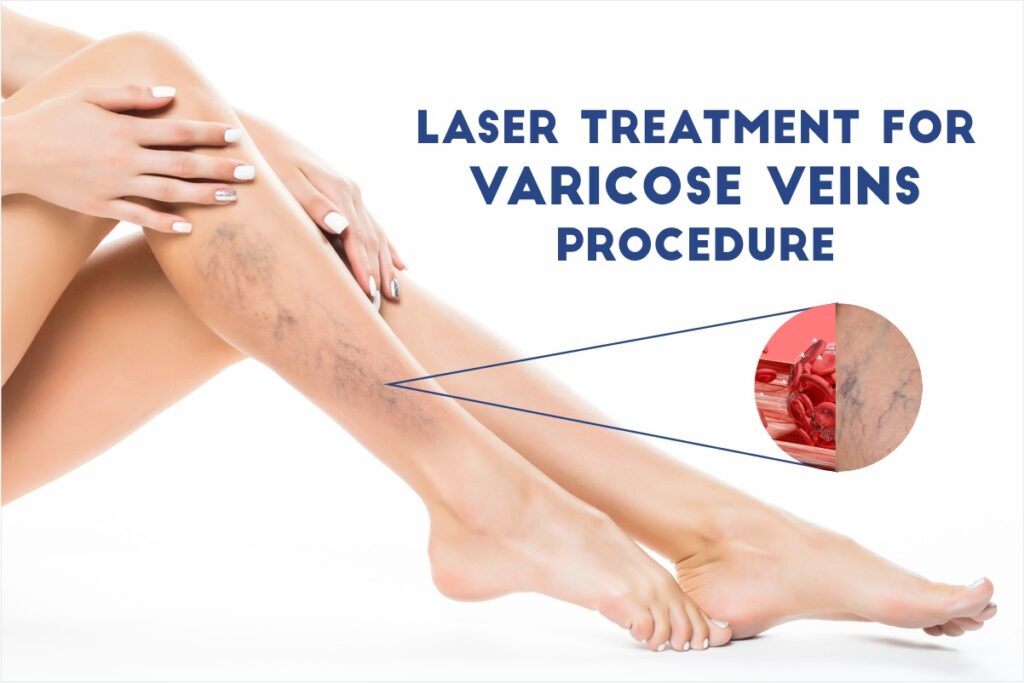
Laser Treatment for Varicose Veins Procedure
-
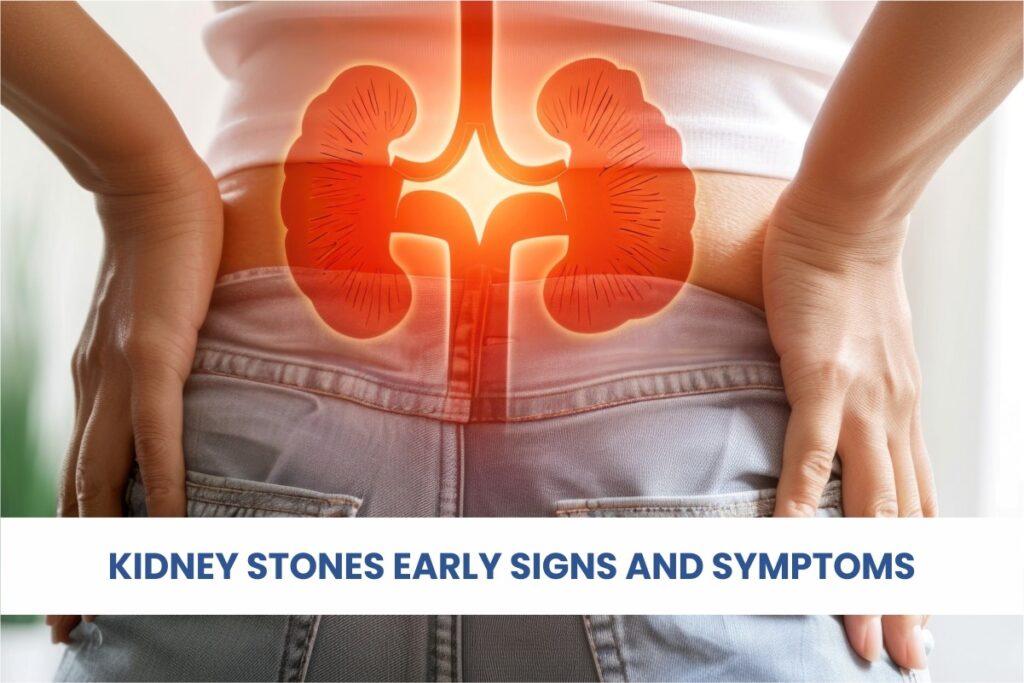
Understanding Kidney Stones Early Signs And Symptoms
-
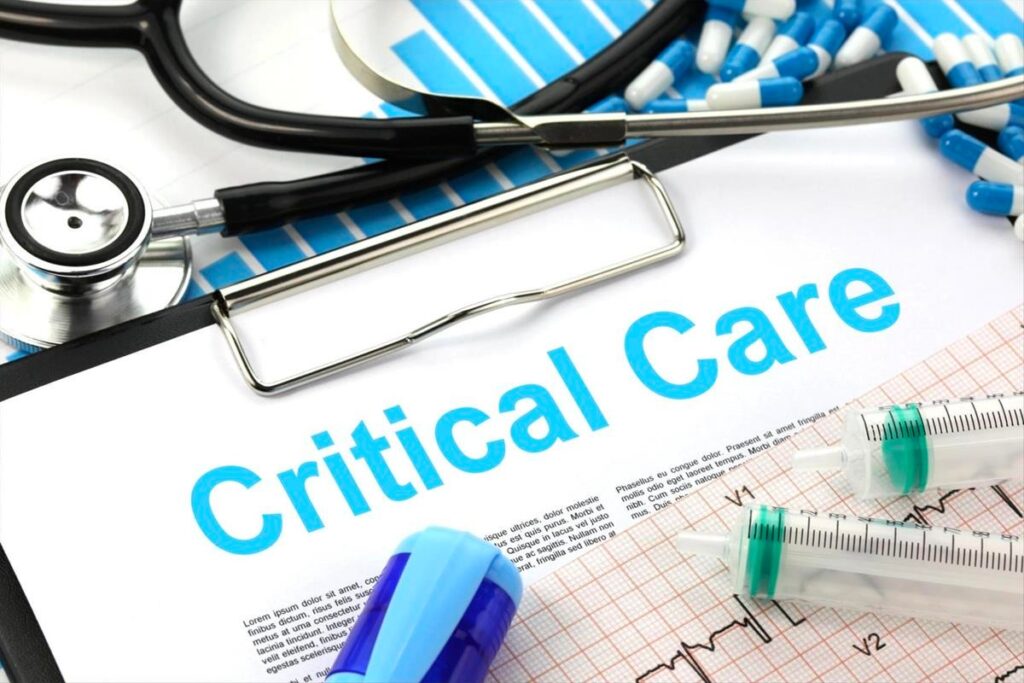
Critical Care in India: Evolving Landscape, Challenges, and Future Prospects

